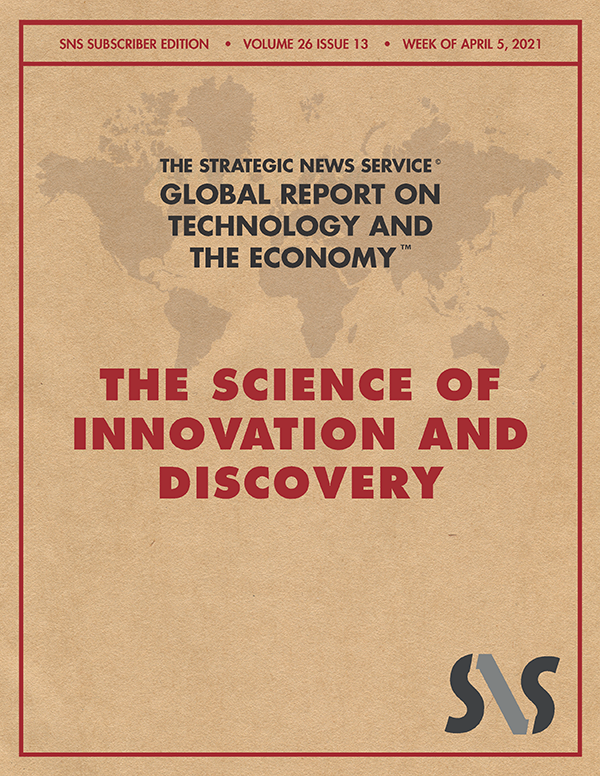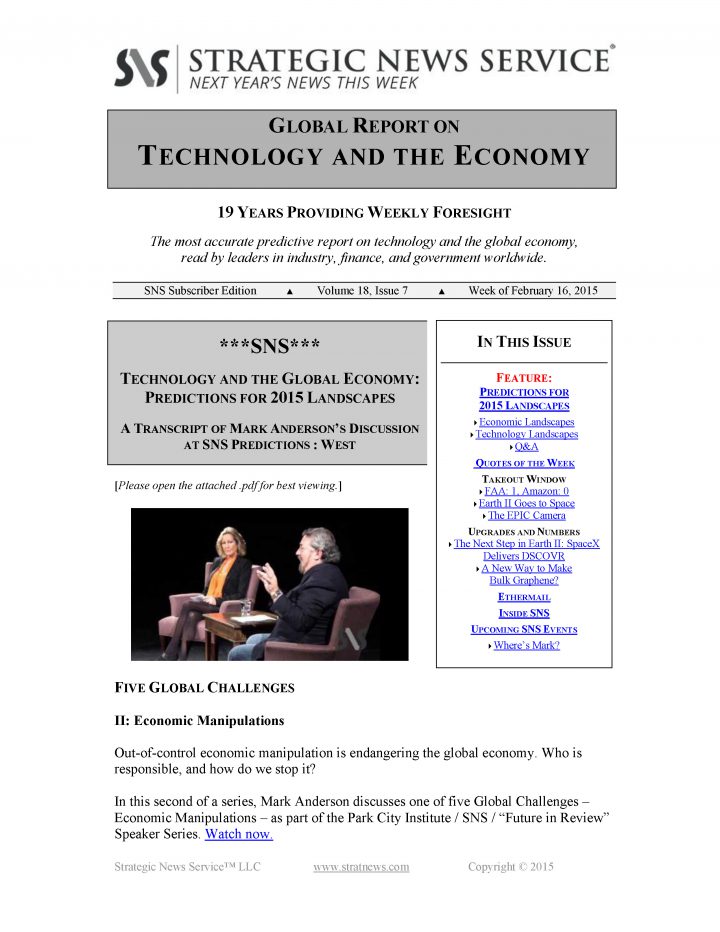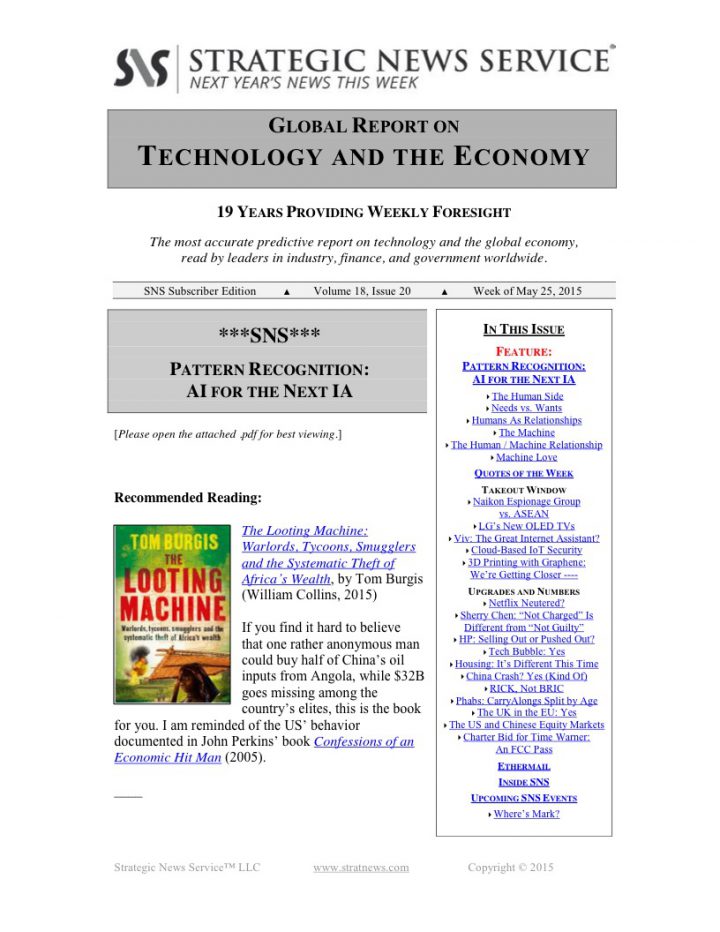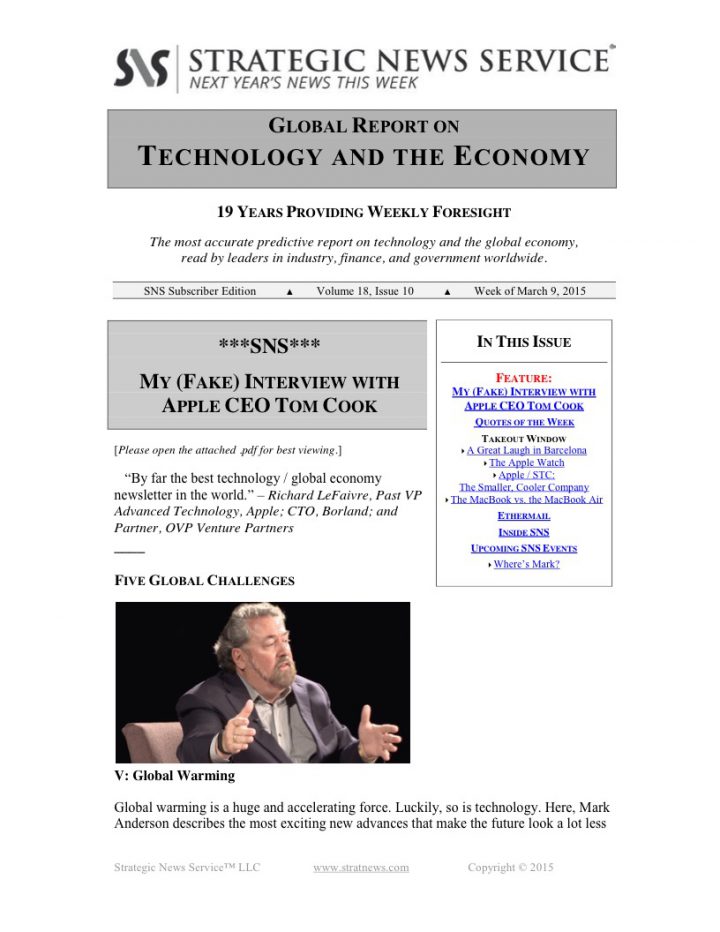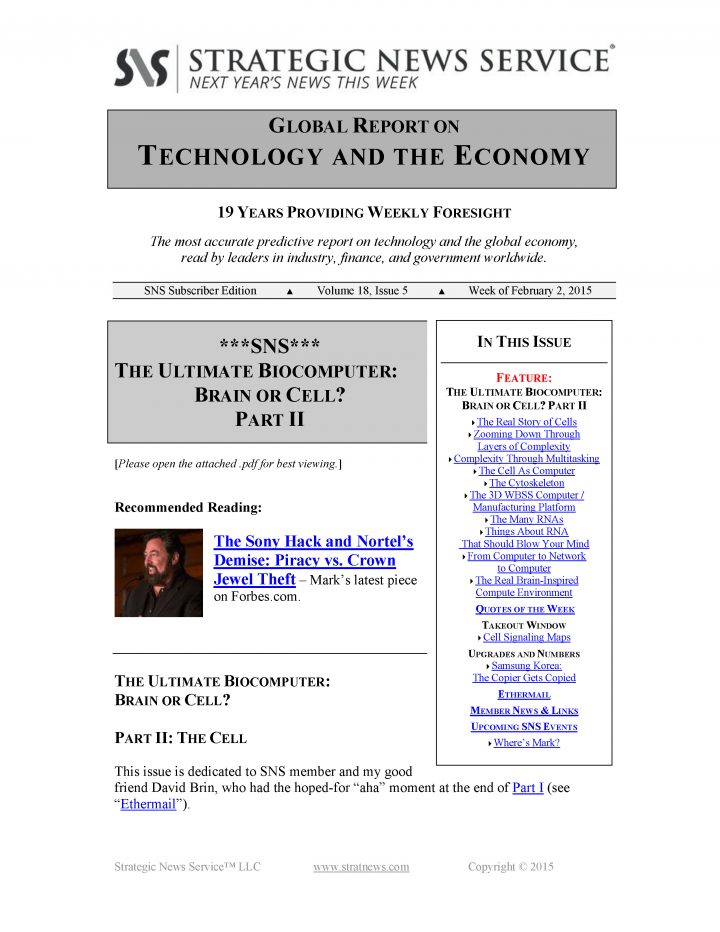In This Issue
Vol. 26 Issue 13
The Science of Innovation and Discovery:
How to find and implement positive change.
- Finding
I. Humans
II. Computers
III. Mathematics - Implementing
I. Humans
II. Computers
III. Mathematics
IV. The System at Work
Sources and Quotes
The INVNT/IP Digest
Ethermail
—
Innovation is not a process, but the result of a process. The word is so often used in technology circles as to have become hackneyed, and yet it seems poorly understood from a fundamental perspective. Saying one aspires to innovation strikes me a bit like saying one is aspiring to lightbulbs, or to cars. Both contain many innovations, but that has nothing to do with how they got there.
We all want to be innovators, in the same way that we all want to be happy. But how you become an innovator is as different as learning how to be happy.
In other words, I think we have it backwards. What we really want is to learn the how, so that innovation is the result. Discoveries are the precursor to innovations.
What we really want, therefore, is to learn how to make discoveries.
Making discoveries, while a critically important process, is not an easy one. We could go further by defining minor, incremental discoveries vs. the rarity of making large-scale, unexpected discoveries. There’s nothing wrong with a career peppered with incremental discoveries – it benefits everyone and keeps the company, the team, the society, moving forward. But what if we could make major discoveries, leading to major innovations, throughout our careers?
Here, it’s worth noting the difference between rare and difficult. Major discoveries are rare, but that does not mean making them is difficult.
Discoveries themselves are the result of a process; in human terms, you could say they come more easily to a prepared mind. Once you’ve done the unusual work of getting there, the numbers of discoveries, no matter how important, may turn out to be quite large, and their importance inspiring and useful.
In today’s discussion, we’ll break this process into two parts: “finding,” or making these important discoveries, and then “implementing” – turning them into something useful. One reason for this distinction is that each has its own science, secrets, and even mathematics. In fact, we’ll see that there are also computing analogs for these two steps, and for their internal stages.
….
SKU: SNS-2021-04-07 - Need Help? Contact Us Leave Feedback
Categories: 2021 Issues, Back Issues
Tag: PDF Download

